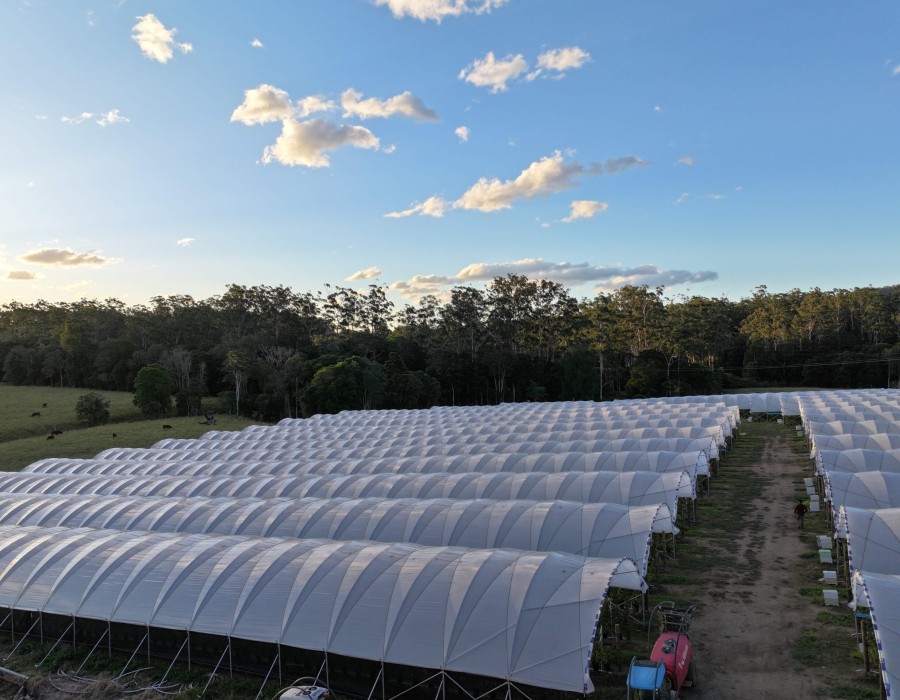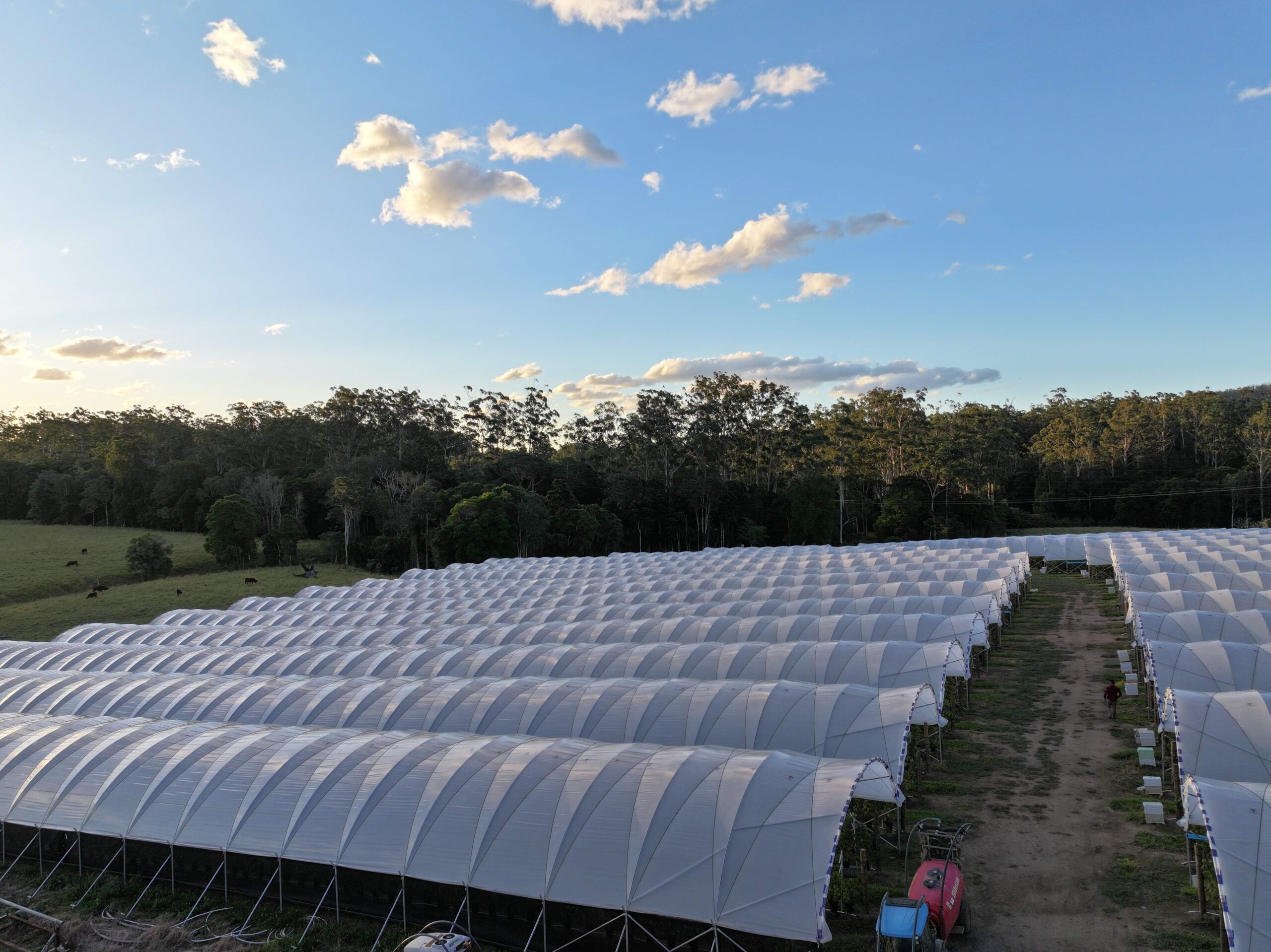Benefits of Plastic Greenhouses
Cost-Effectiveness Plastic greenhouses are significantly more affordable than their glass counterparts. The materials used, such as polyethylene or polycarbonate, are less expensive to produce and transport. Additionally, the structure required to support plastic is often lighter and less costly, making it an ideal choice for hobbyists and commercial growers alike.
Ease of Construction The lightweight nature of plastic sheeting makes the assembly of a plastic greenhouse much simpler than a glass one. Many plastic greenhouse kits come with easy-to-follow instructions and can be assembled with basic tools. This ease of construction also means that plastic greenhouses can be erected more quickly, allowing gardeners to start planting sooner.
Excellent Insulation and UV Protection Plastic greenhouses provide superb insulation, helping to maintain a consistent internal temperature, which is crucial for plant growth. Polycarbonate panels, in particular, are known for their excellent thermal insulation properties. Additionally, many types of plastic sheeting are treated to offer UV protection, preventing harmful rays from damaging plants while allowing sufficient light for photosynthesis.
Durability and Flexibility Modern plastic materials are designed to withstand harsh weather conditions, including heavy rain, snow, and strong winds. Unlike glass, plastic is shatter-resistant, reducing the risk of damage and injury. Moreover, plastic greenhouses are often more flexible in design, allowing for modifications and expansions as gardening needs change.
Best Practices for Using Plastic Greenhouses
Site Selection and Preparation Choosing the right location for your plastic greenhouse is crucial for its success. Select a site with maximum sunlight exposure, ideally facing south or southeast. Ensure the ground is level and has good drainage to prevent waterlogging. Preparing the site properly will create a stable foundation and optimize growing conditions.
Ventilation and Temperature Control Proper ventilation is essential in a plastic greenhouse to regulate temperature and humidity levels. Incorporate vents on the roof and sides of the greenhouse to allow hot air to escape and fresh air to circulate. Automatic vent openers can be installed to maintain optimal conditions. Additionally, using shade cloths or whitewashing the plastic during the hottest months can help prevent overheating.
Irrigation and Humidity Management Efficient irrigation is vital for plant health in a plastic greenhouse. Consider installing a drip irrigation system to deliver water directly to the roots, polyhouse coffs harbour reducing water wastage and minimizing humidity levels. High humidity can lead to fungal diseases, so it's important to monitor and manage humidity through proper ventilation and the use of dehumidifiers if necessary.
Pest and Disease Control Plastic greenhouses can create an ideal environment for pests and diseases. Regularly inspect plants for signs of infestation or disease and take immediate action to address any issues. Using insect nets and sticky traps can help control pests, while practicing crop rotation and maintaining cleanliness will reduce the risk of disease.
Seasonal Maintenance To ensure the longevity and effectiveness of your plastic greenhouse, conduct regular maintenance. Check for any tears or damage to the plastic sheeting and repair them promptly. Clean the plastic surfaces to maximize light transmission and remove any debris that may accumulate around the greenhouse structure.






Comments